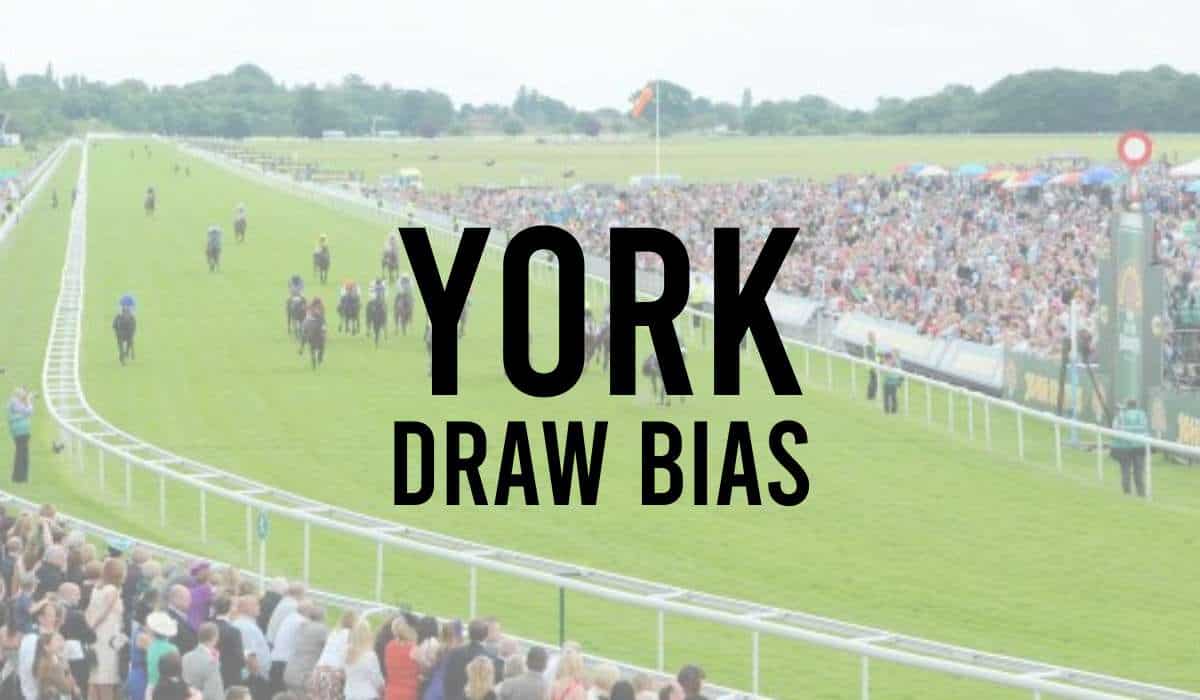Many shrewd horse racing punters research whether there is a draw bias at Nottingham Racecourse.
The horse racing draws are perhaps the most overlooked factor in horse racing statistics in April 2024.
The Nottingham draw bias refers to whether or not a racehorse running at Nottingham has an advantage or disadvantage following the stall they have been drawn in.
Our horse racing tipsters can be influenced by the draw of the horse when selecting their best chances of a winner at Nottingham Races.
In our Nottingham Draw Guide, we will explain everything you need to know about the stalls and potential draw advantages for horses running at Nottingham today.
Is there a draw bias at Nottingham Racecourse?
There is a slight draw bias in races over 5 furlongs at Nottingham Racecourse. Horses drawn low seem to have a slight advantage, especially when the ground is soft.
However, the bias is not strong enough to be a determining factor in a race. Over 6 furlongs, there is also a bias towards low drawn horses, but the advantage is not as significant as over 5 furlongs.
The stats suggest that the draw is not a crucial factor in races over longer distances at Nottingham, and horses can win from any draw.
What is the Draw Bias at Nottingham 5 Furlongs?
The draw bias at Nottingham’s 5 furlongs is not significant, however, high drawn horses appear to have a slight advantage over low drawn runners.
The recent races show that the standside rail has become more favourable, which is advantageous for high drawn horses.
This trend could be due to track development or changes in weather conditions, but the data suggests that the draw advantage has shifted towards high.
What is the Draw Bias at Nottingham 6 Furlongs?
When it comes to the 6 furlong race at Nottingham, the stats indicate that there is a slight bias towards high drawn runners, but the difference is not significant.
However, if we analyse the trends in recent years, it seems that being drawn high has become more important at Nottingham.
The standside rail appears to be favoured, which could be a reason for the high draw bias.
What is the Draw Bias at Nottingham 1 Mile?
The draw bias at Nottingham over 1 mile seems to be minimal with no strong advantage to either low or high draws.
Being drawn low on the inside can provide a slight advantage due to the course’s one-turn configuration, but this is not a significant advantage.
Nottingham’s wide course and sweeping bends provide a very fair track for all runners.
Does The Stall Draw Affect Chances Of Winning In Flat Races at Nottingham?
The chances of a horse winning can hugely be affected by the stall number at Nottingham Races.
The best horse racing tipping services will adjust their judgements of horses with the best chances after the stall numbers are released in the Nottingham racecards.
Here is some important information on the tips, results and runners for horses running at Nottingham.
Nottingham Pace Bias Statistics
Horses that lead tend to have an advantage up to a mile at Nottingham, with hold-up horses finding it difficult to win.
Despite this, for races over longer distances, there doesn’t seem to be a significant bias, which gives horses with any running style a fair chance of winning.
Nottingham also ranks well in terms of in-running betting, with only 13 In-Play losers at 1.01 from 631 cases, which ranks 3rd out of 39 UK Flat tracks.
Additionally, there were 55 In-Play losers at 1.10 or less from 724 cases, which ranks 9th out of 39 UK Flat tracks.
These statistics suggest that Nottingham is a track where horses tend to hold their form well throughout the race, making it a fair and consistent course for punters.
Summary
The data and stats are updated in real-time from our Nottingham Horse Racing Results for the information shared on the draw bias.
With the draw bias mainly affecting the sprint races then punters are quickly on the lookout for the big ante posts races, as the draws are released.
Ground conditions, weather, and handicapping blots can affect the draw bias statistics. So at times, it is strongly advised to check the earlier races of the day to see if the draw bias on the current ground has changed.
Related Draw Bias Posts
Find all the draw bias information articles.
- Ascot Draw Bias
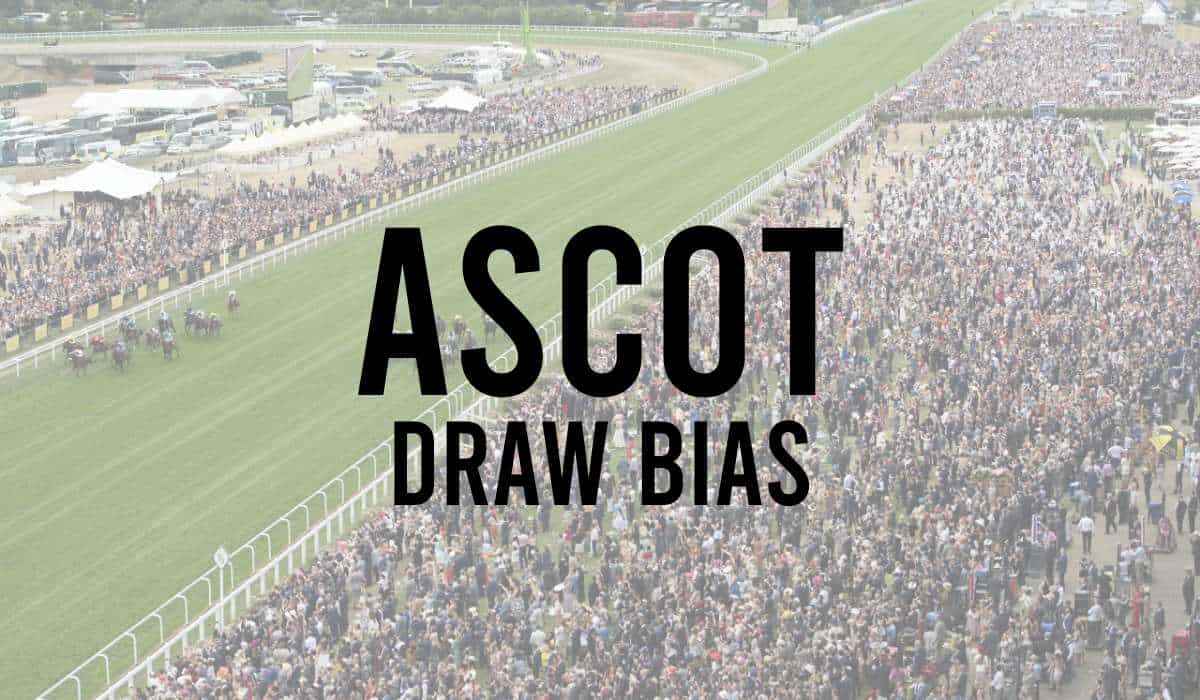
- Bath Draw Bias
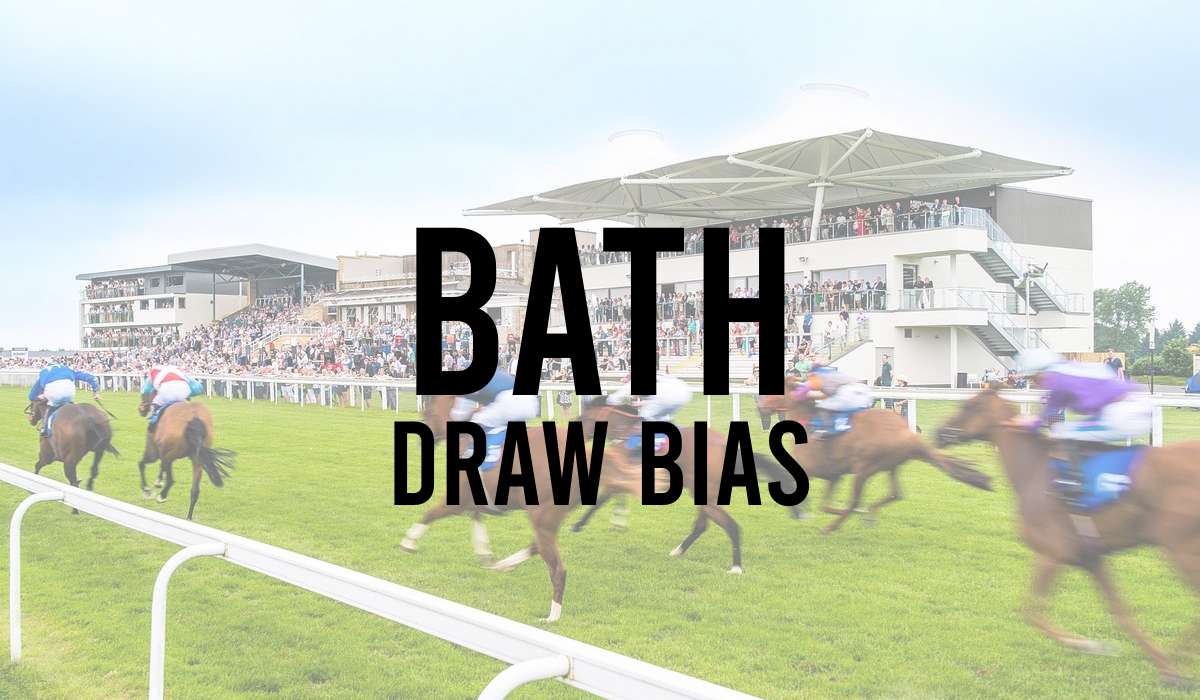
- Beverley Draw Bias
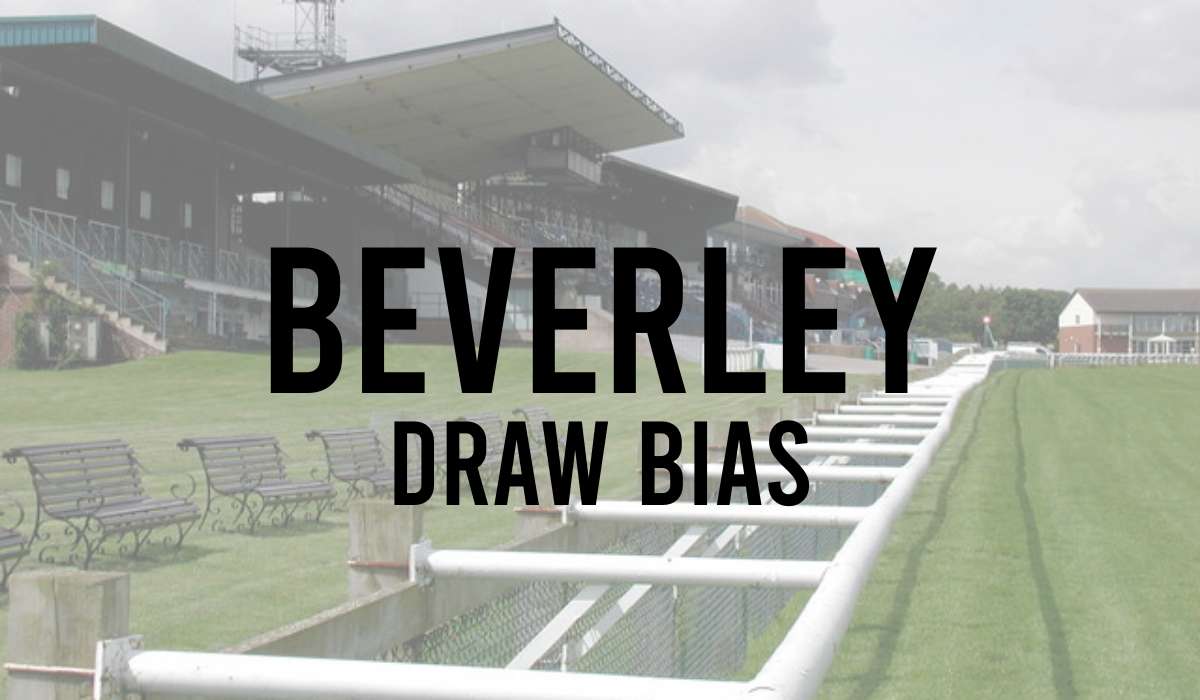
- Brighton Draw Bias
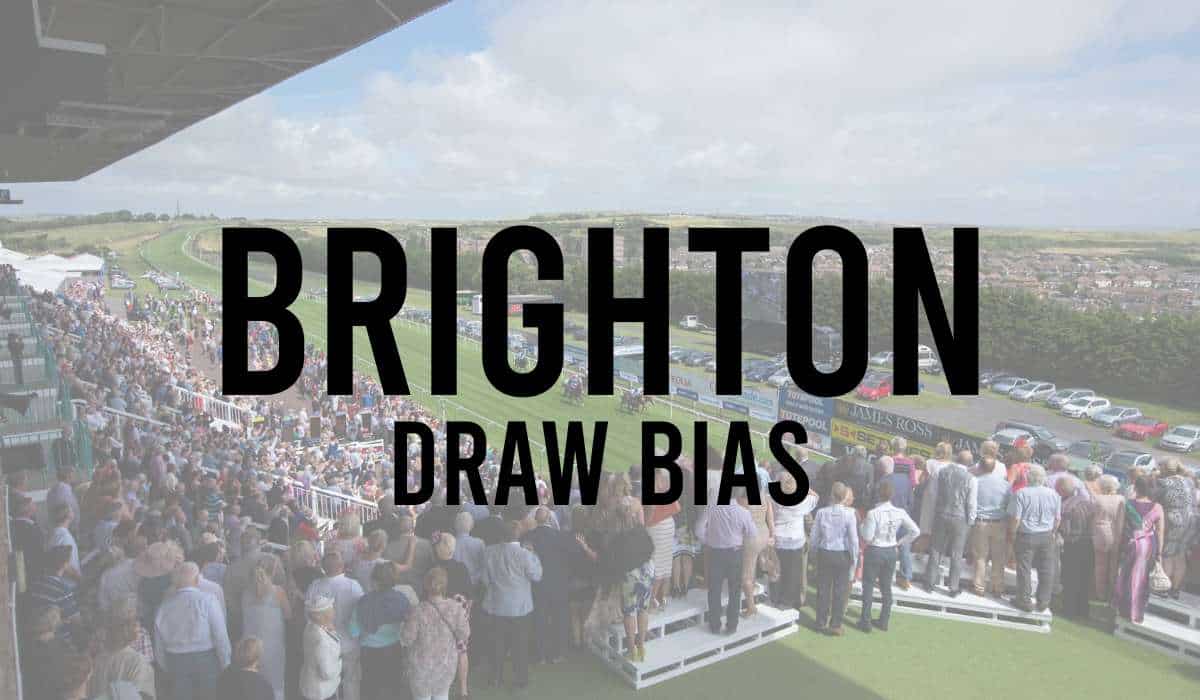
- Catterick Draw Bias

- Chelmsford Draw Bias
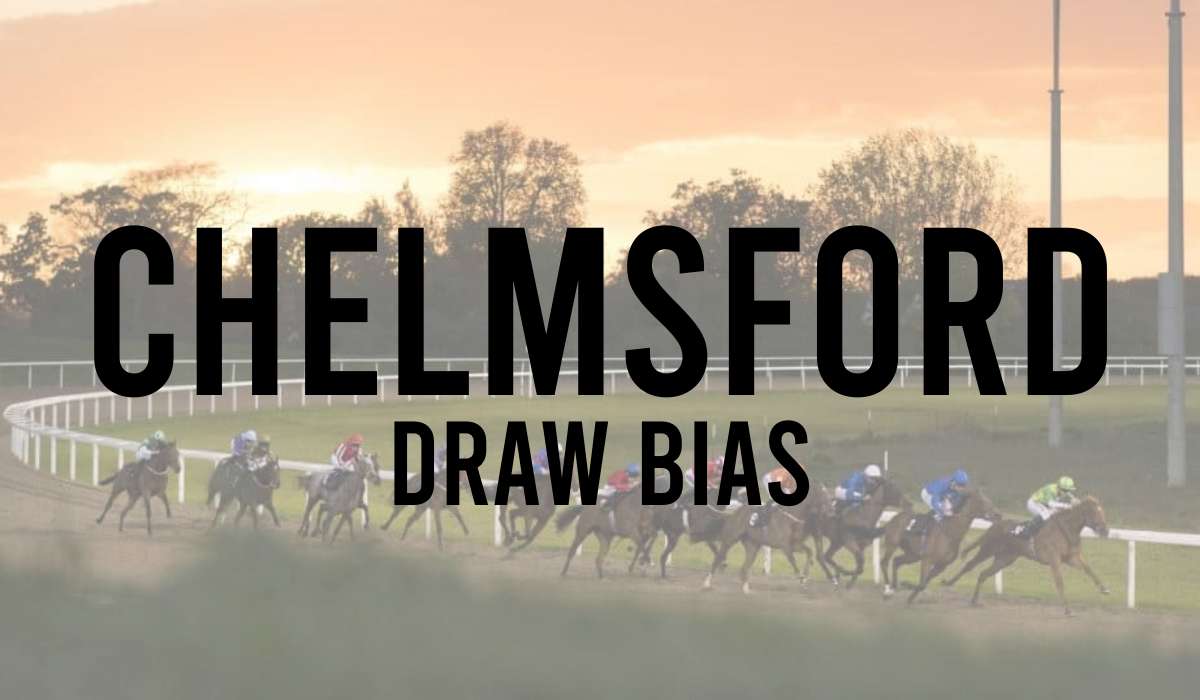
- Chester Draw Bias
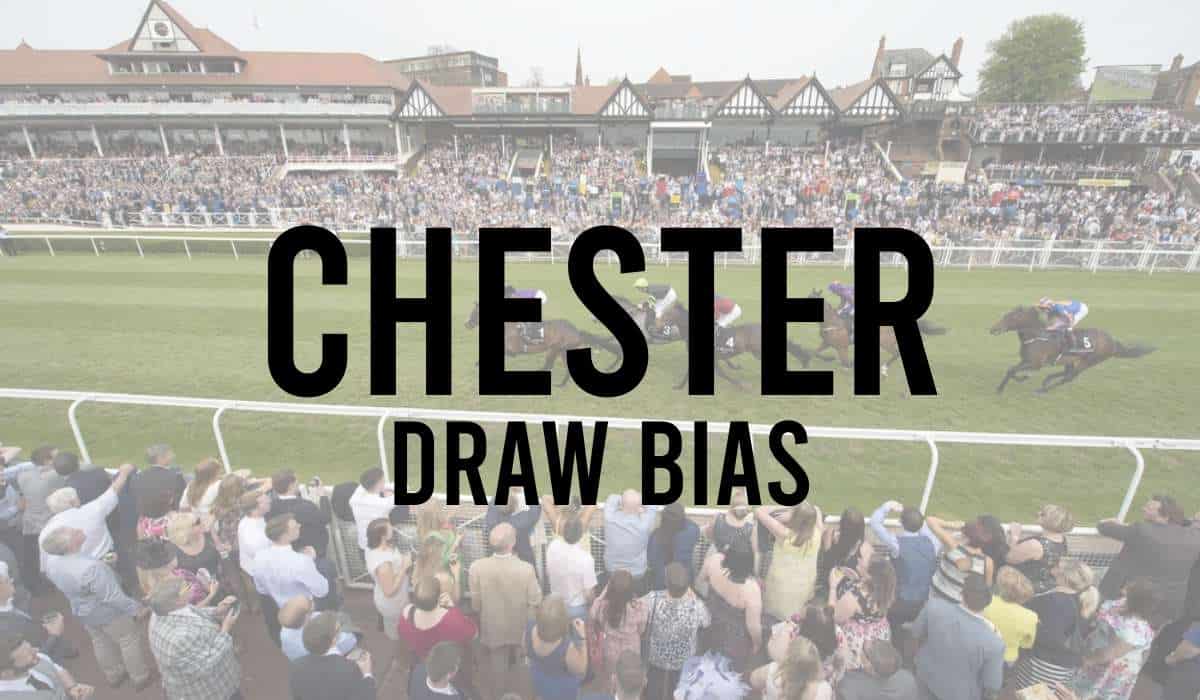
- Cork Draw Bias
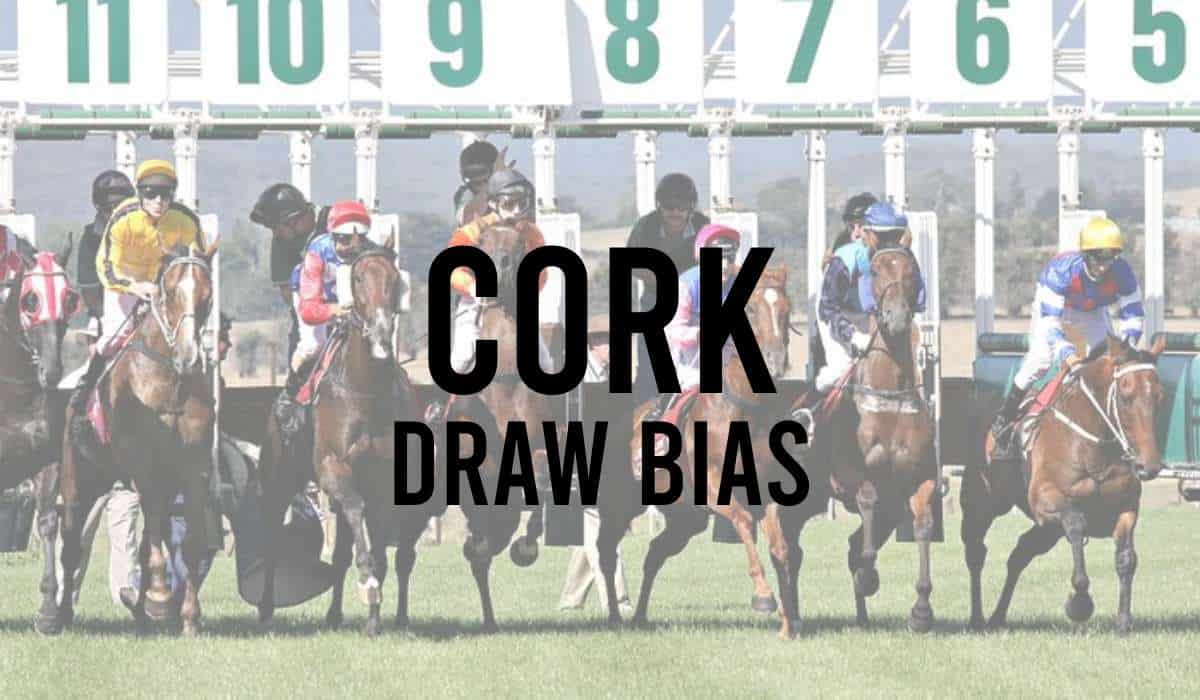
- Doncaster Draw Bias
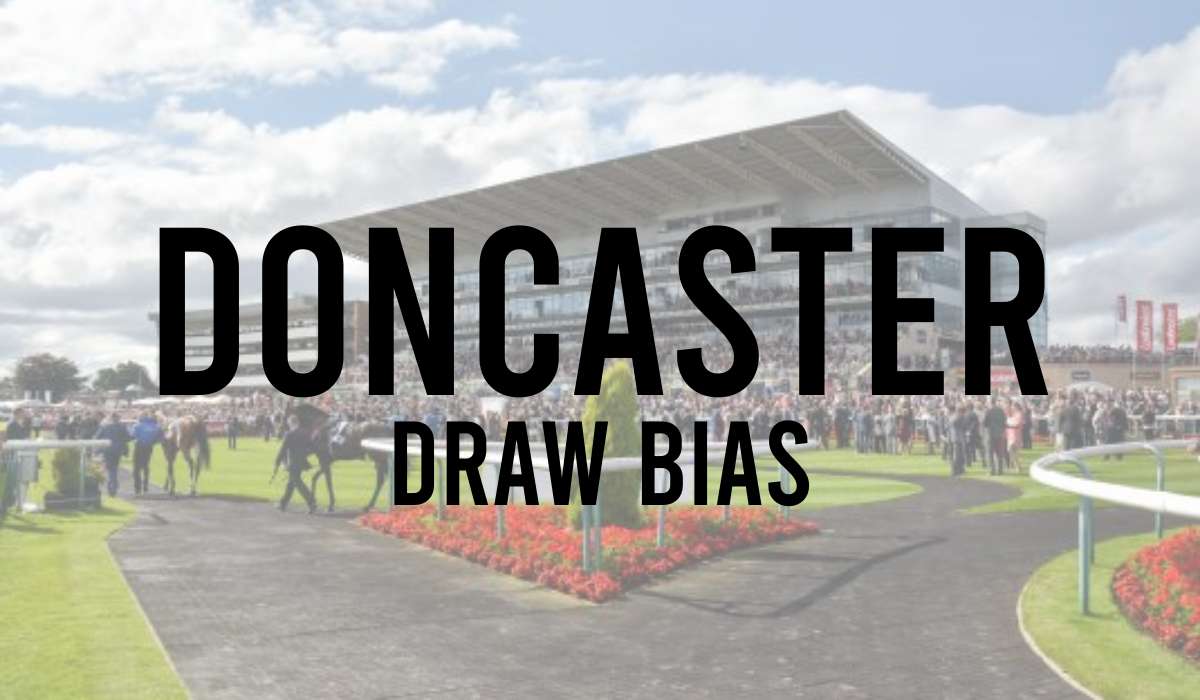
- Dundalk Draw Bias
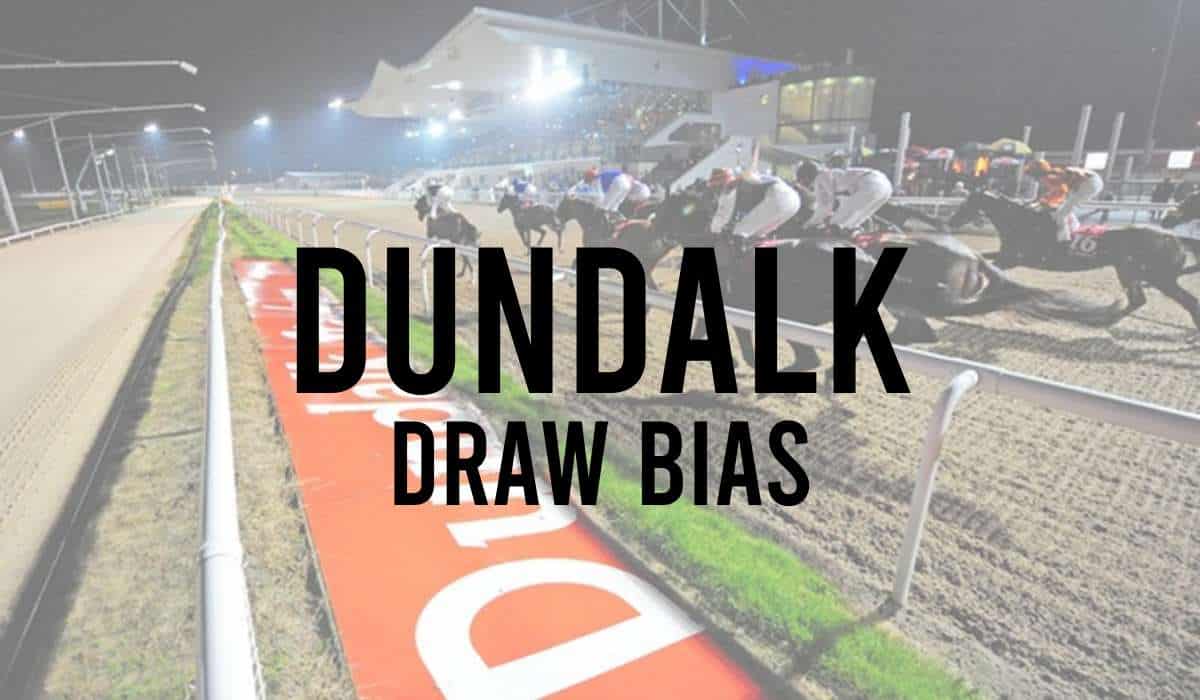
- Epsom Racecourse Draw Bias
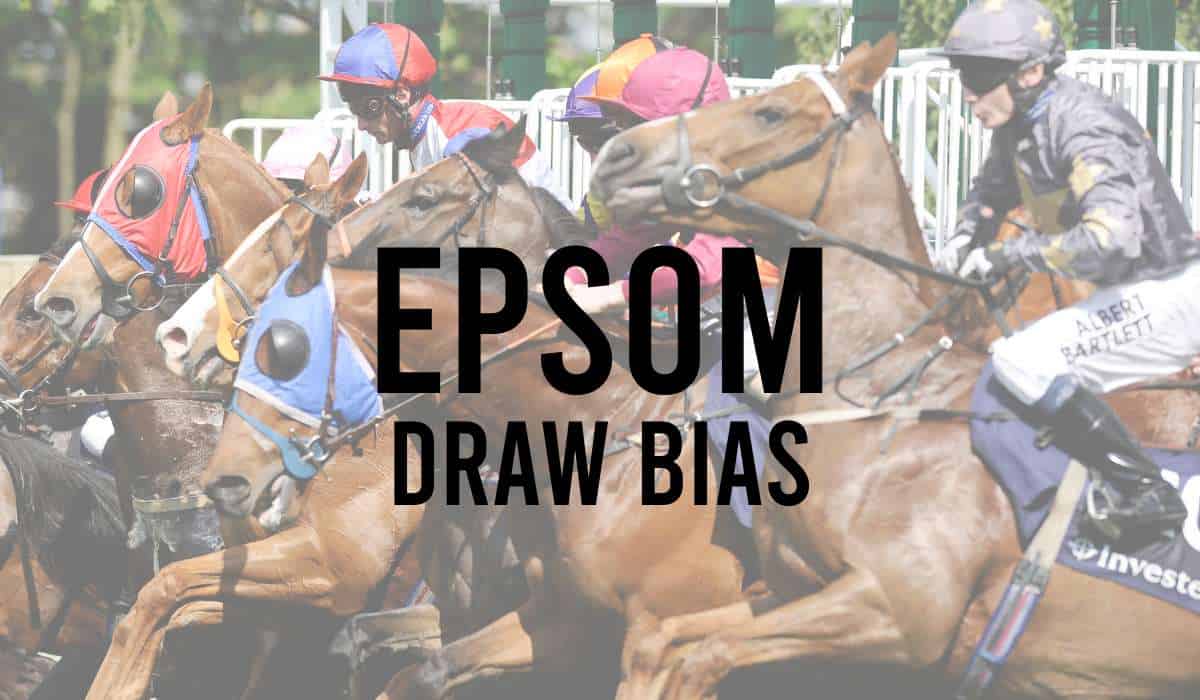
- Goodwood Draw Bias
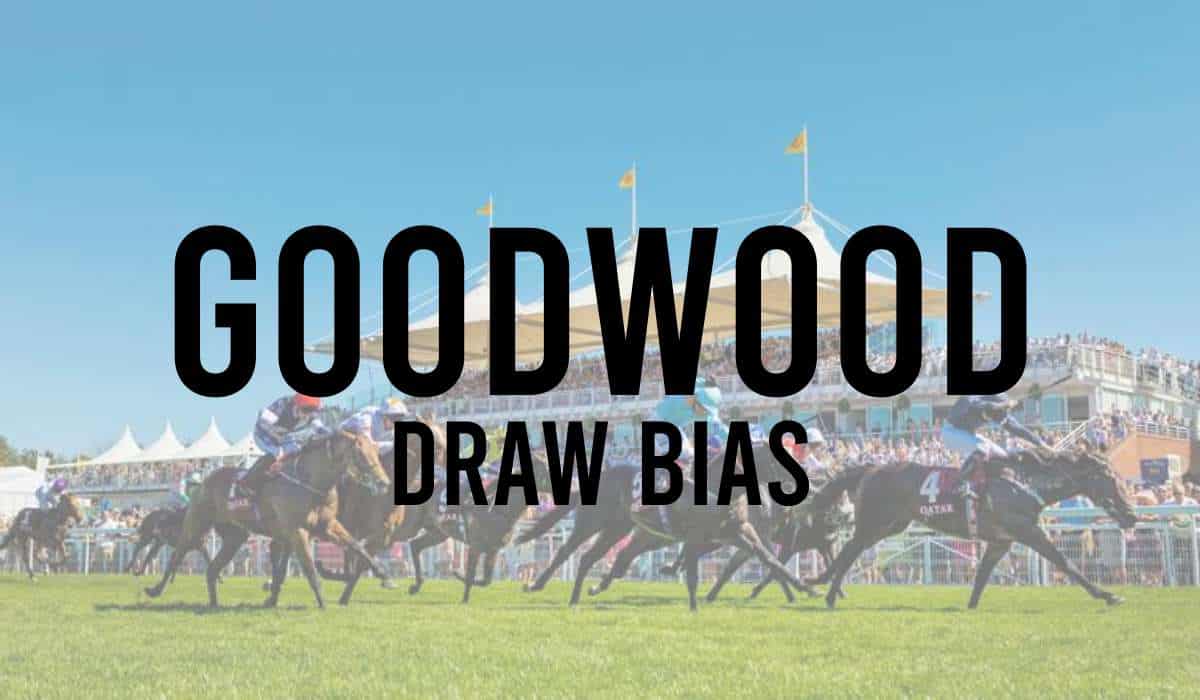
- Hamilton Draw Bias
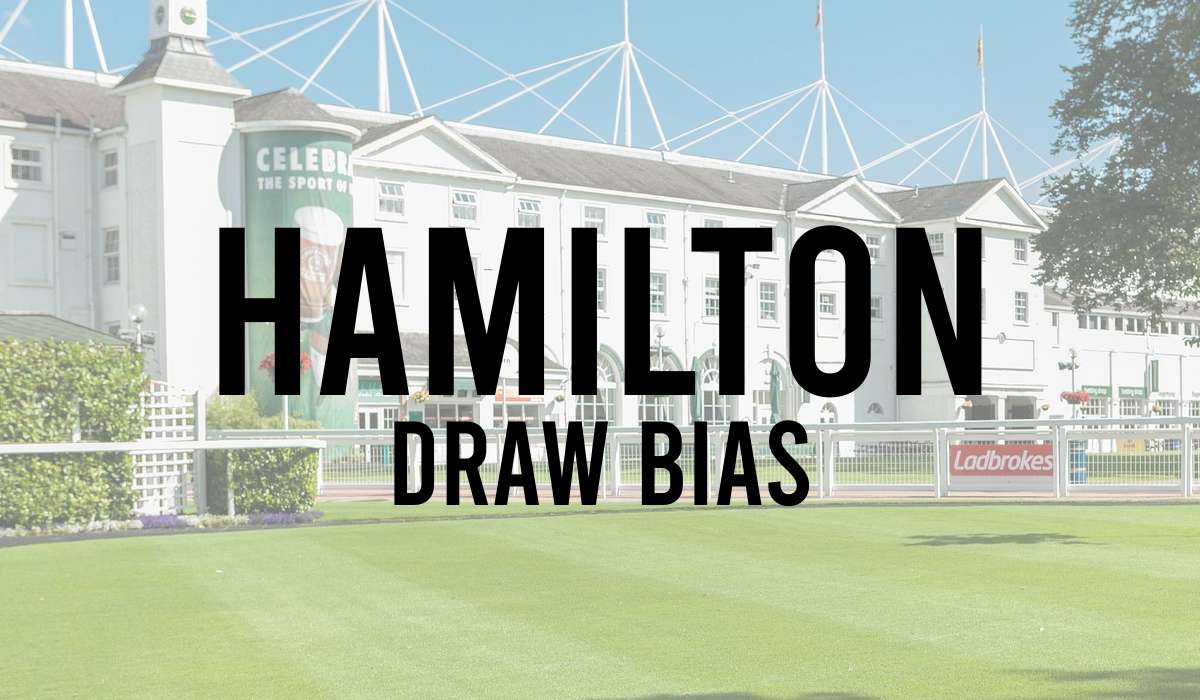
- Haydock Draw Bias
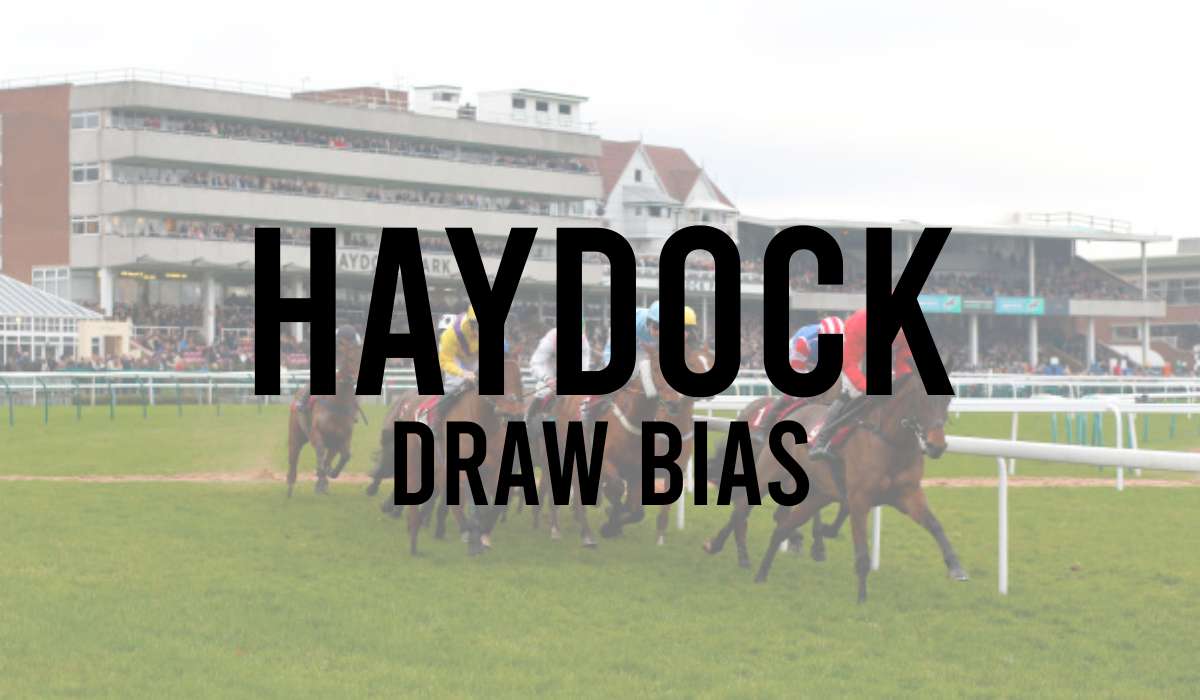
- Horse Racing Draw
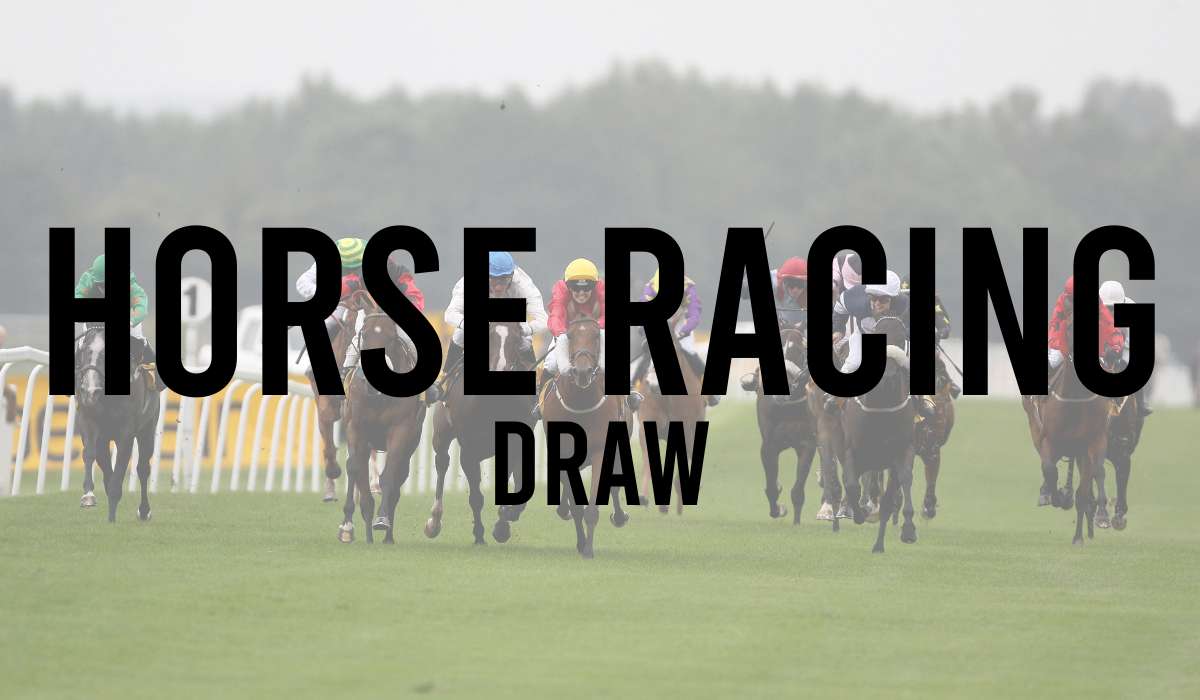
- Kempton Draw Bias
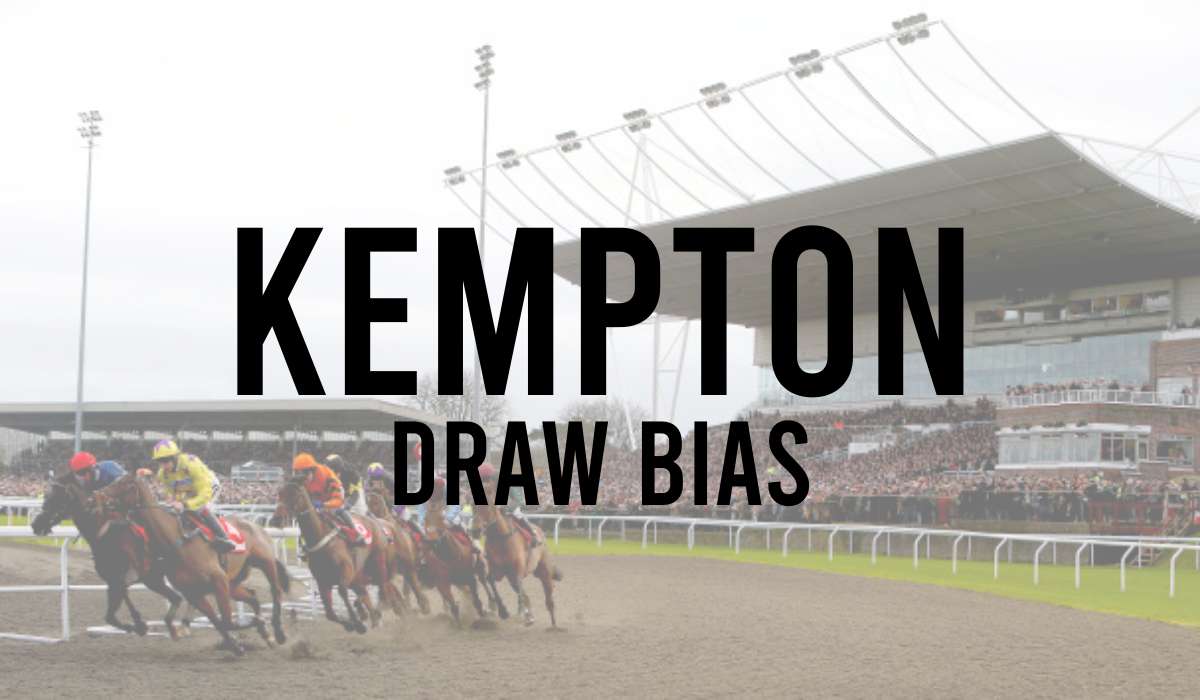
- Lingfield Draw Bias

- Musselburgh Draw Bias
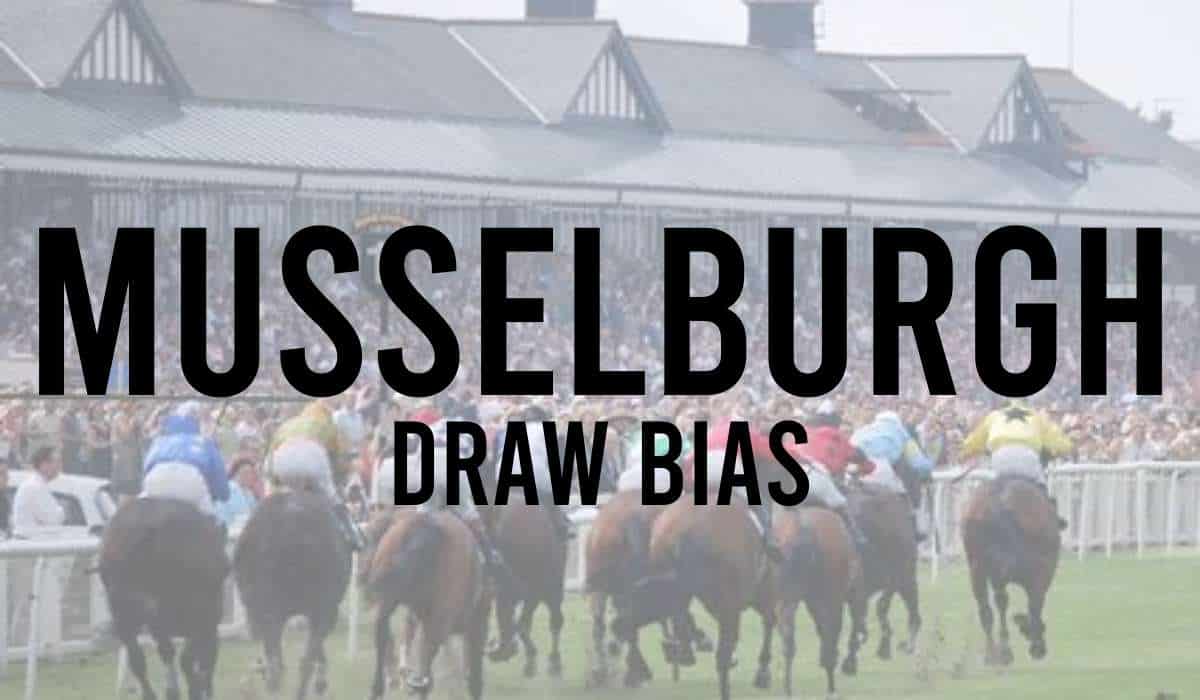
- Newbury Draw Bias
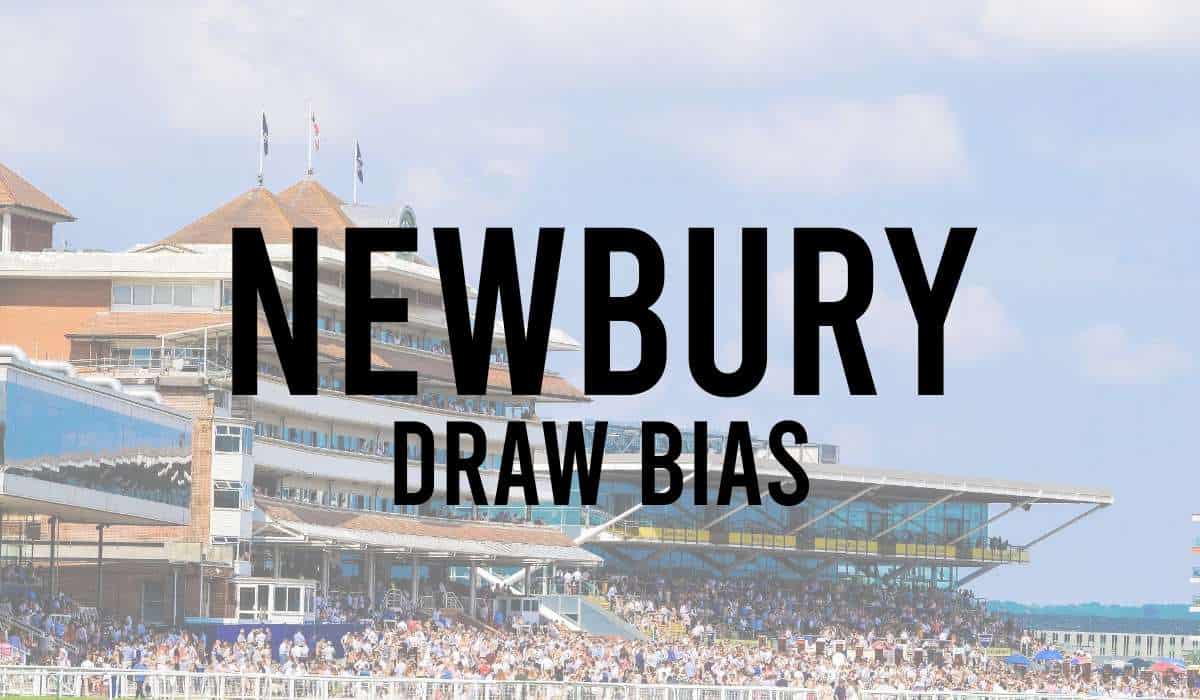
- Newcastle Draw Bias
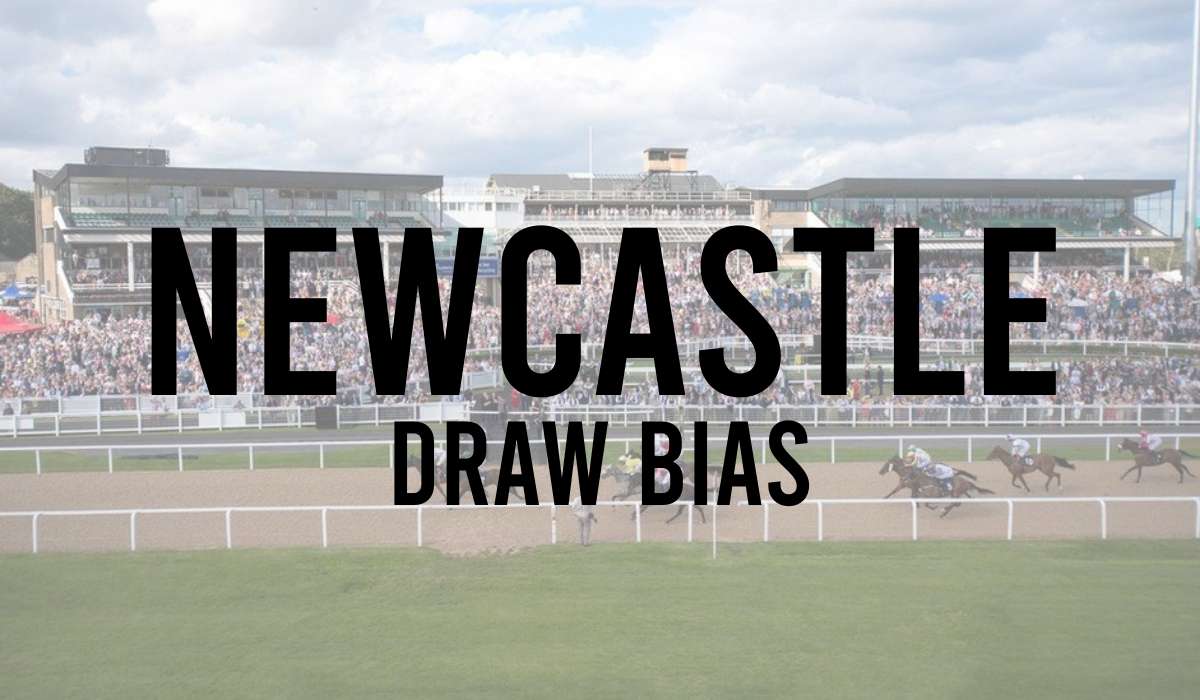
- Newmarket July Course Draw Bias
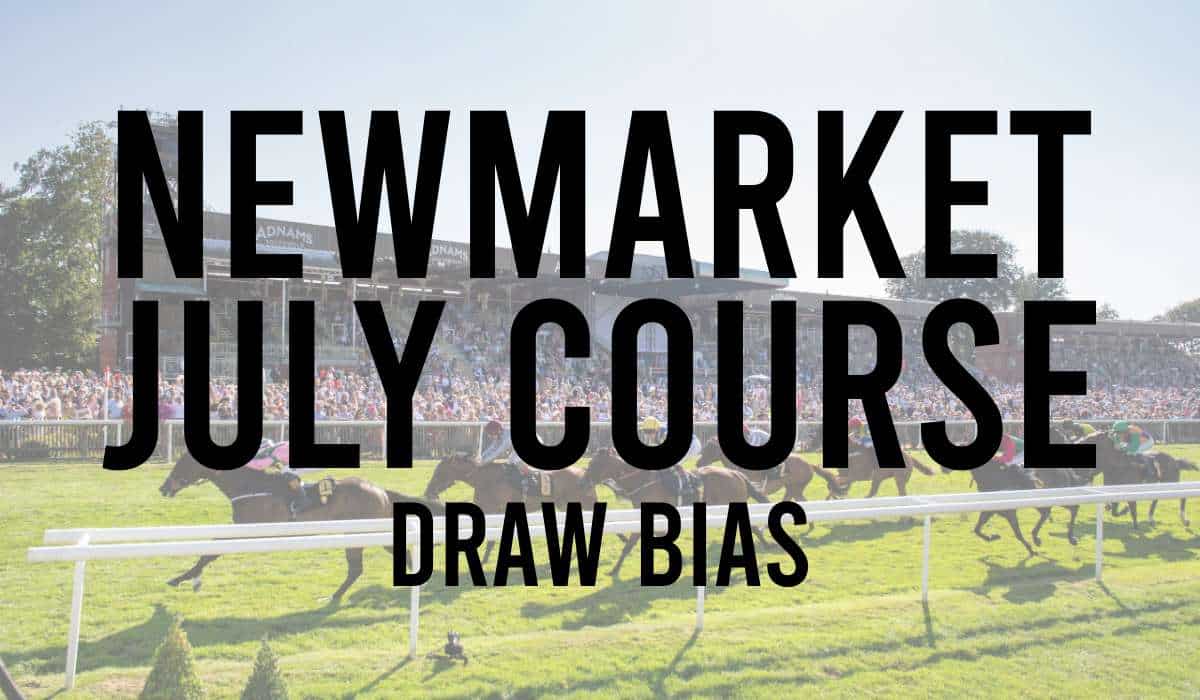
- Newmarket Rowley Mile Draw Bias
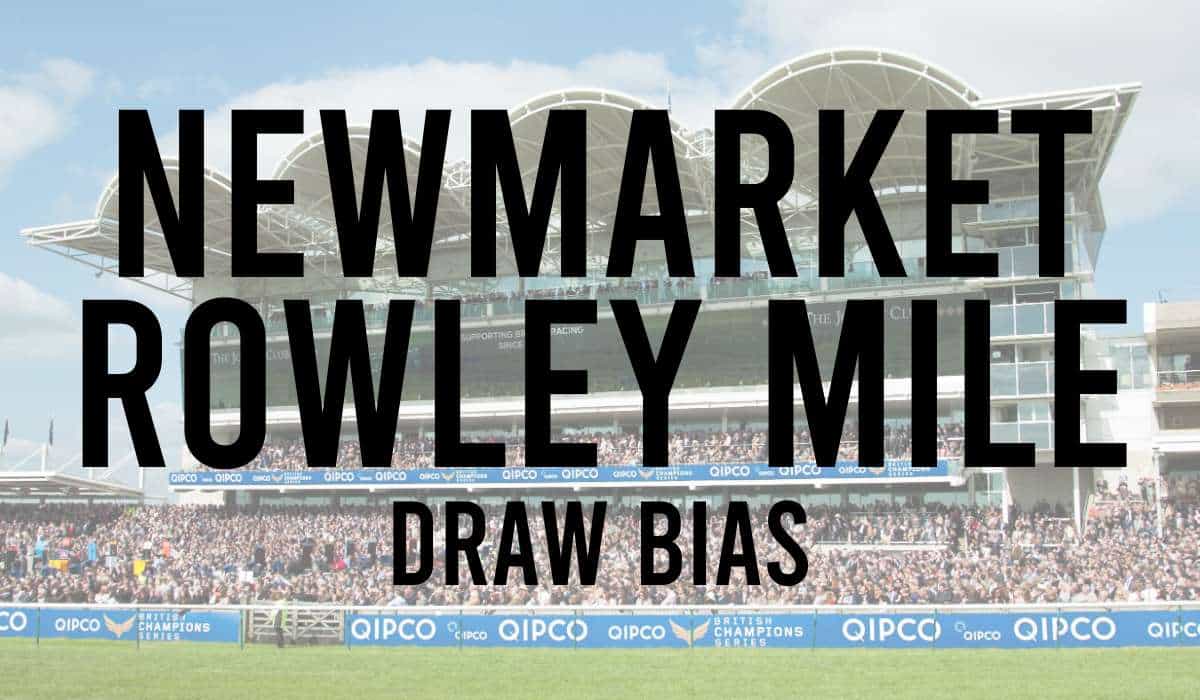
- Nottingham Draw Bias
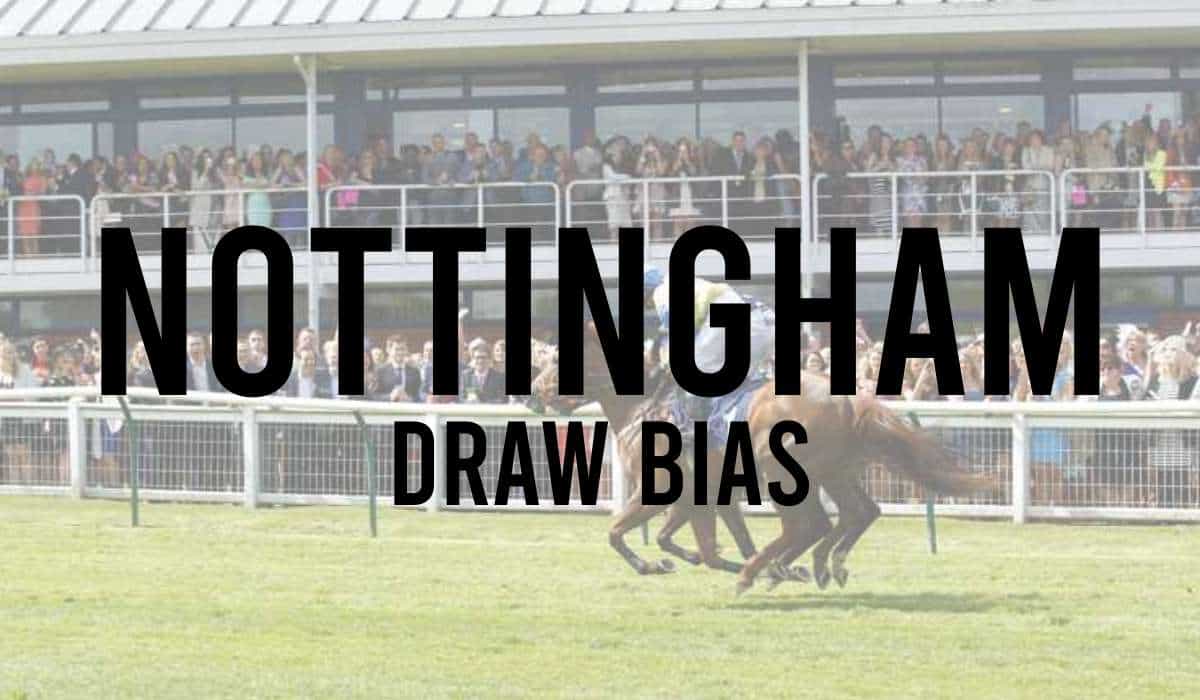
- Pontefract Draw Bias
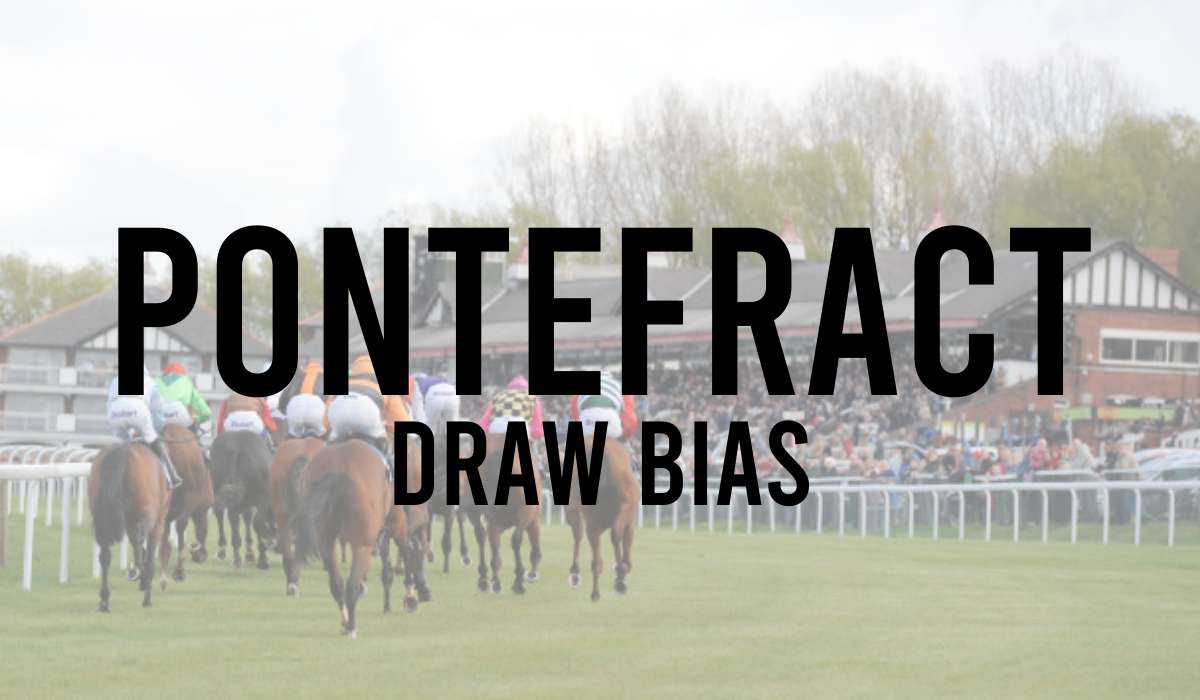
- Redcar Draw Bias
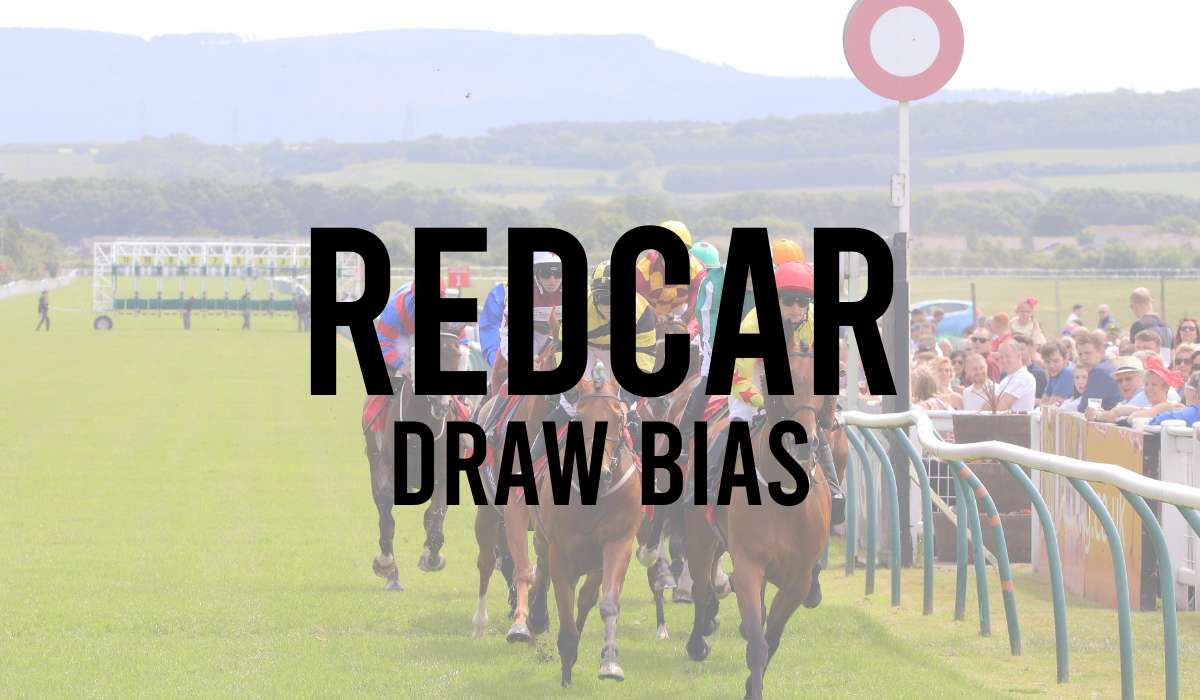
- Ripon Draw Bias

- Salisbury Draw Bias
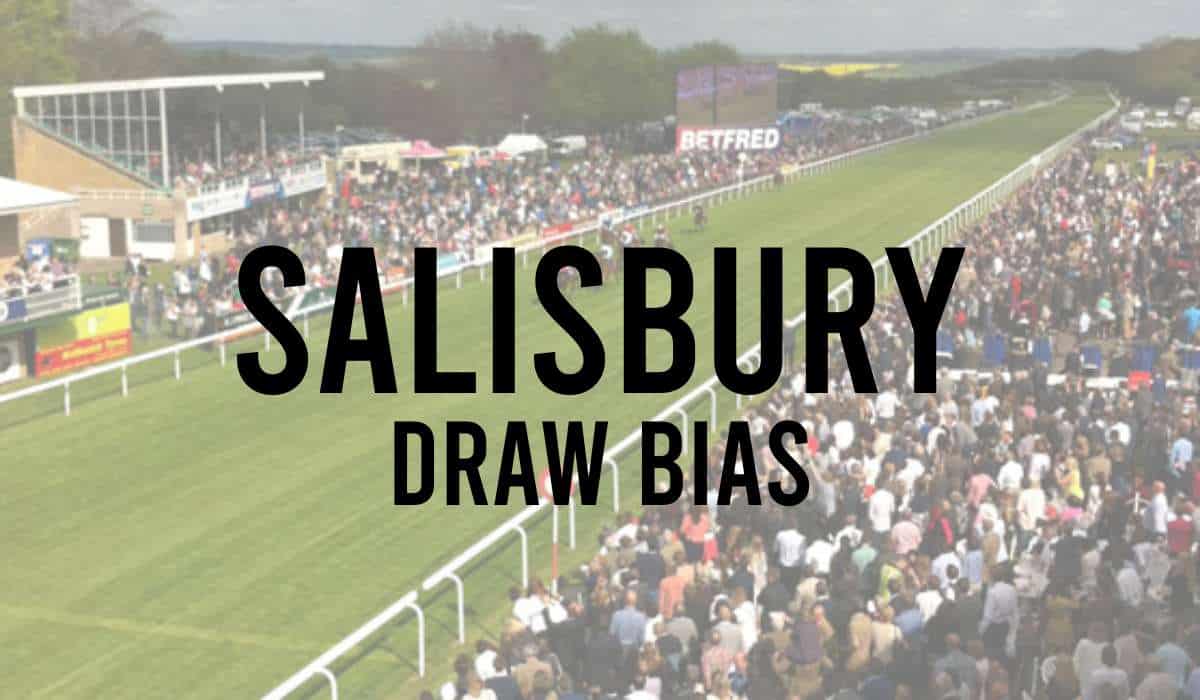
- Sandown Draw Bias
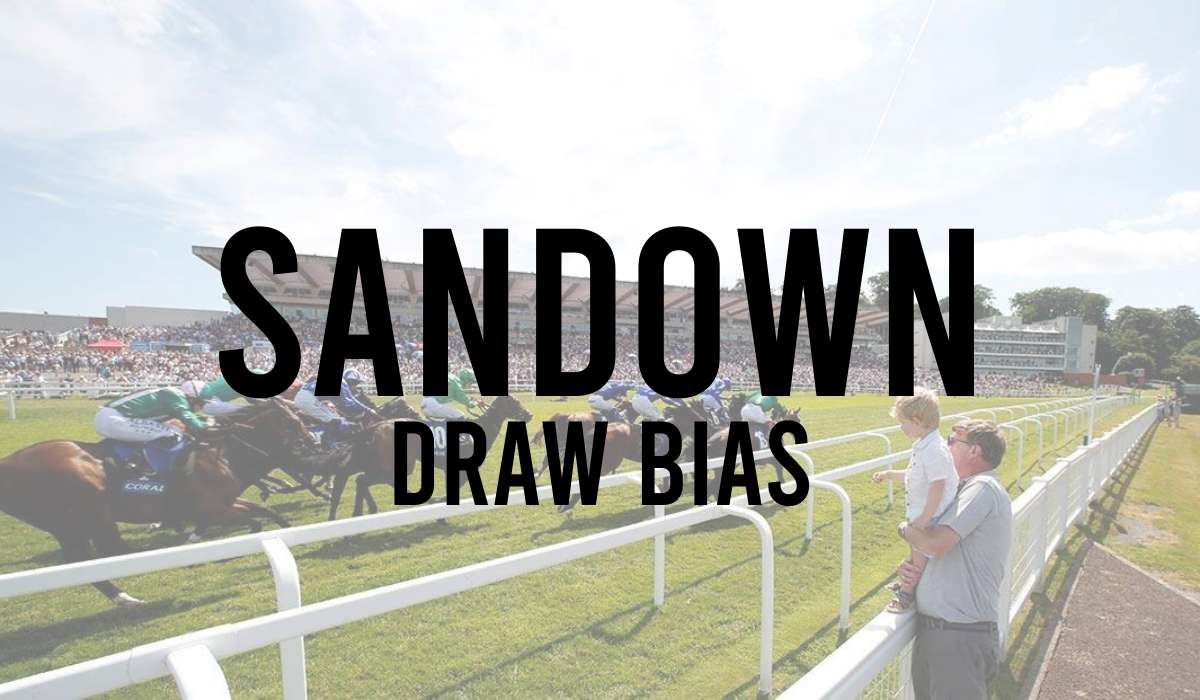
- Sligo Draw Bias
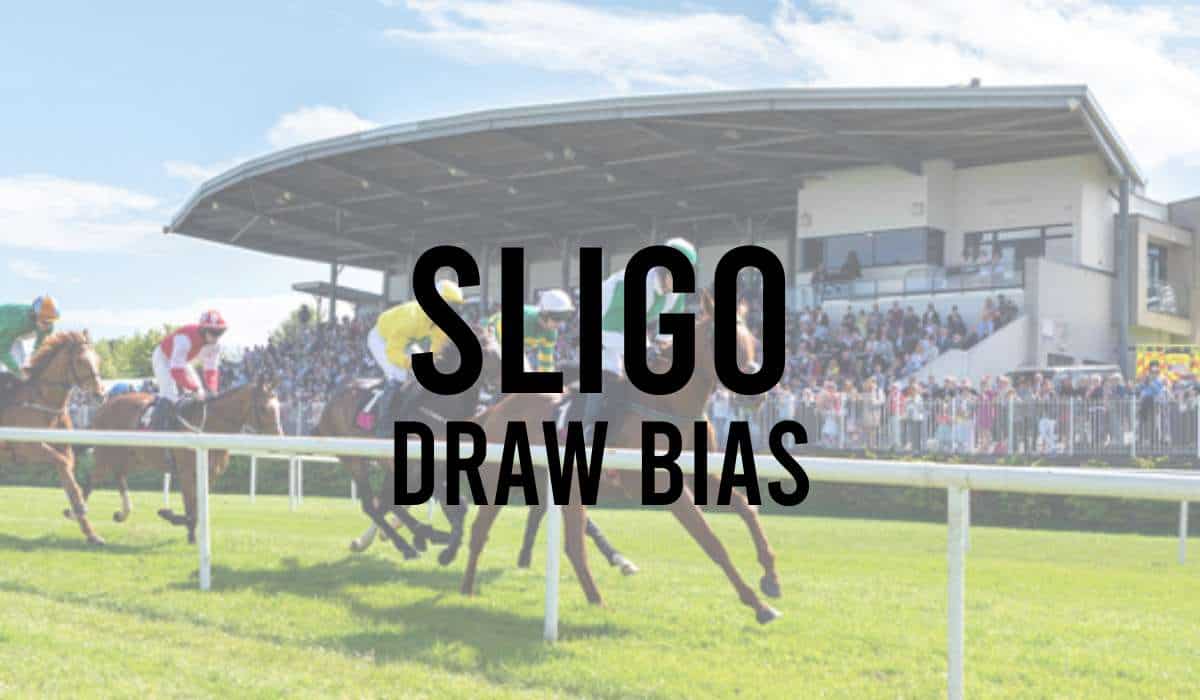
- Thirsk Draw Bias
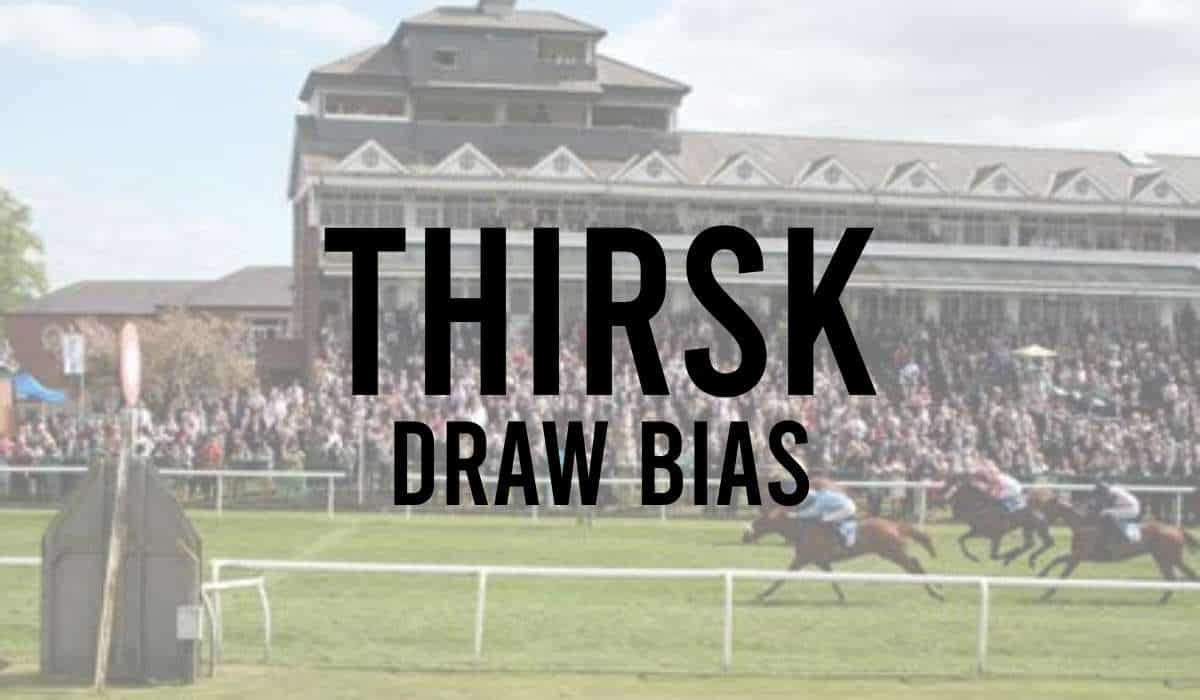
- Windsor Draw Bias
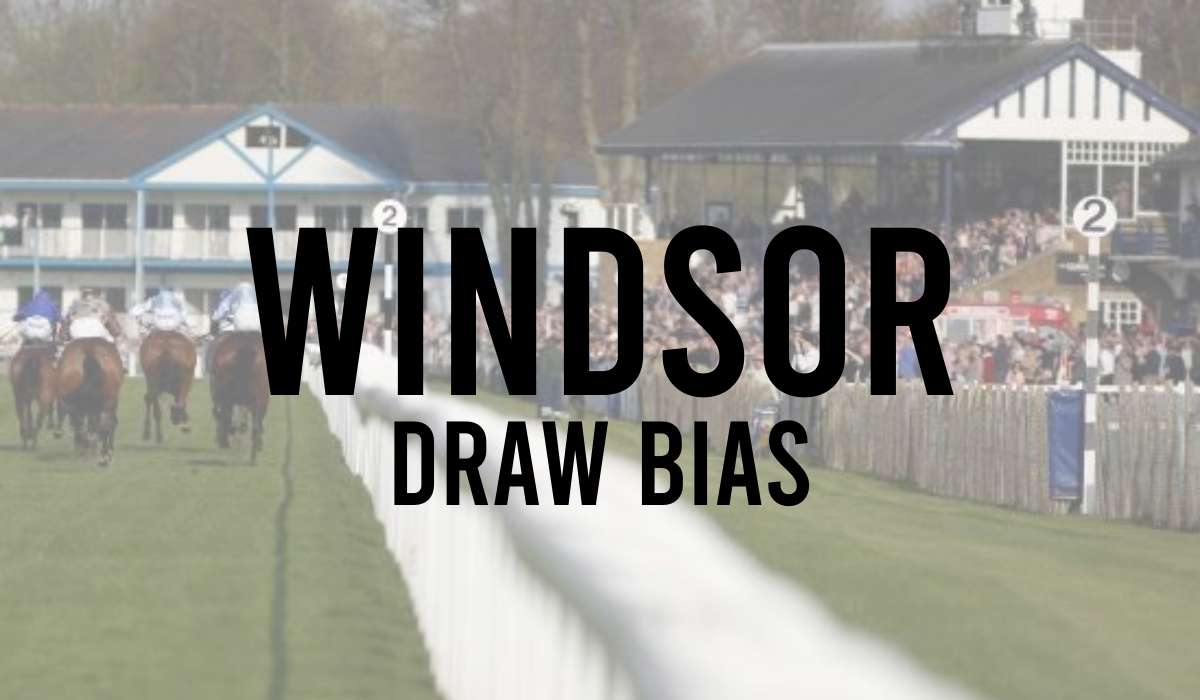
- Wolverhampton Draw Bias
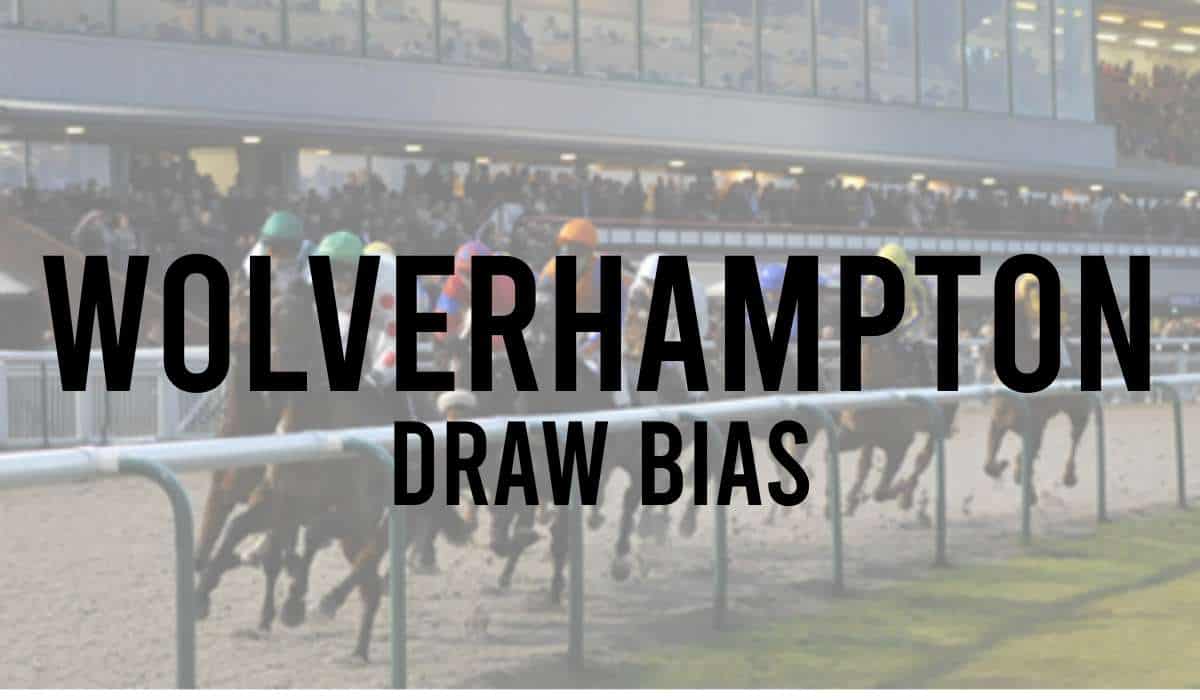
- York Draw Bias
